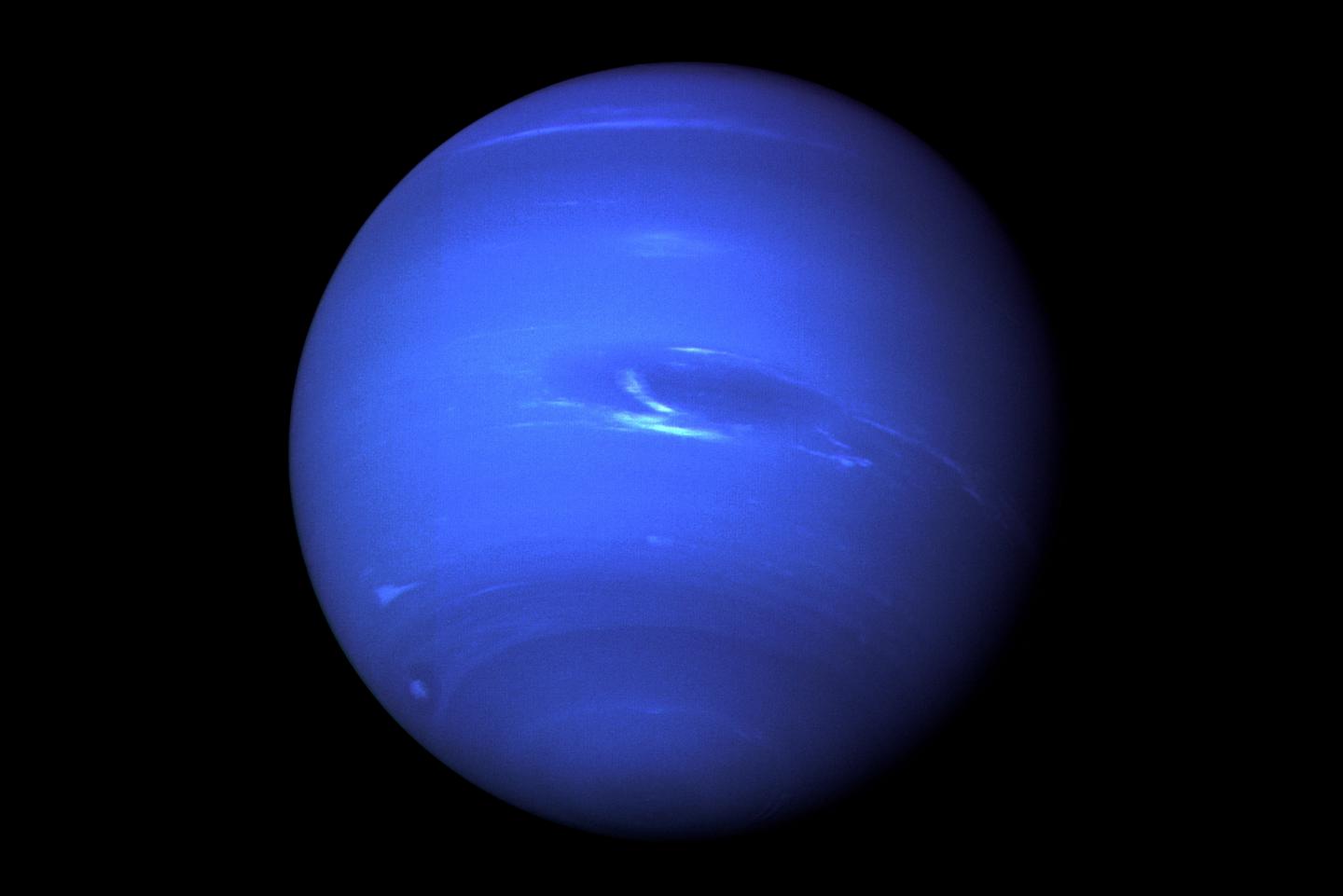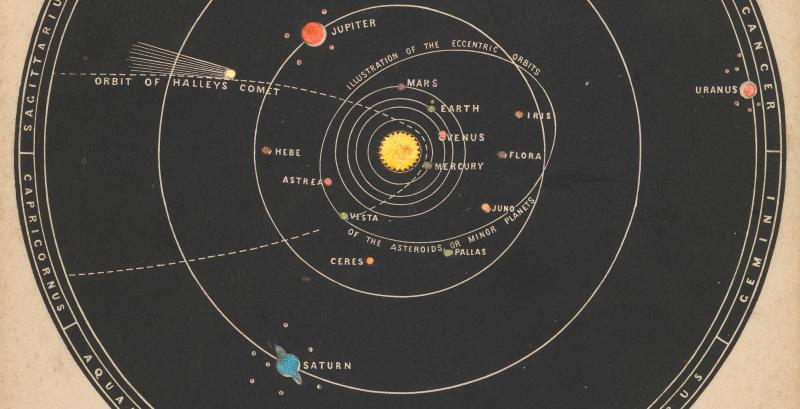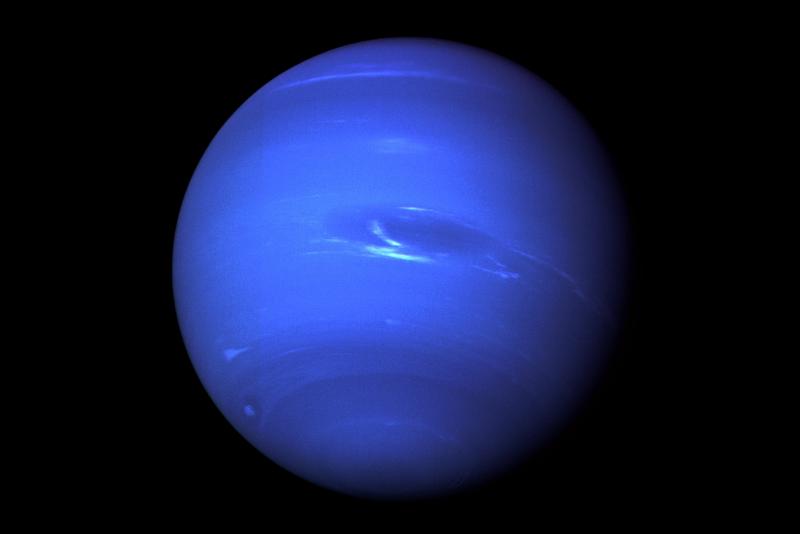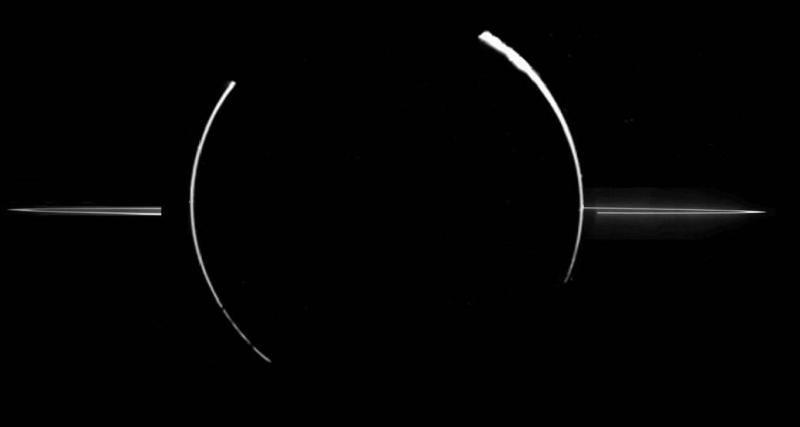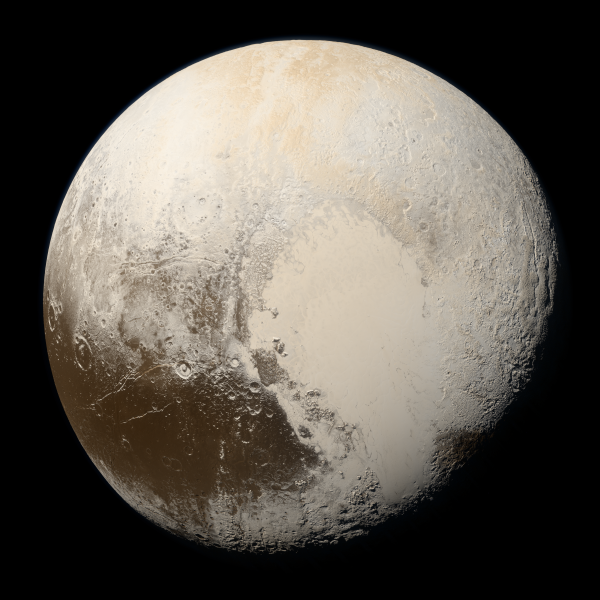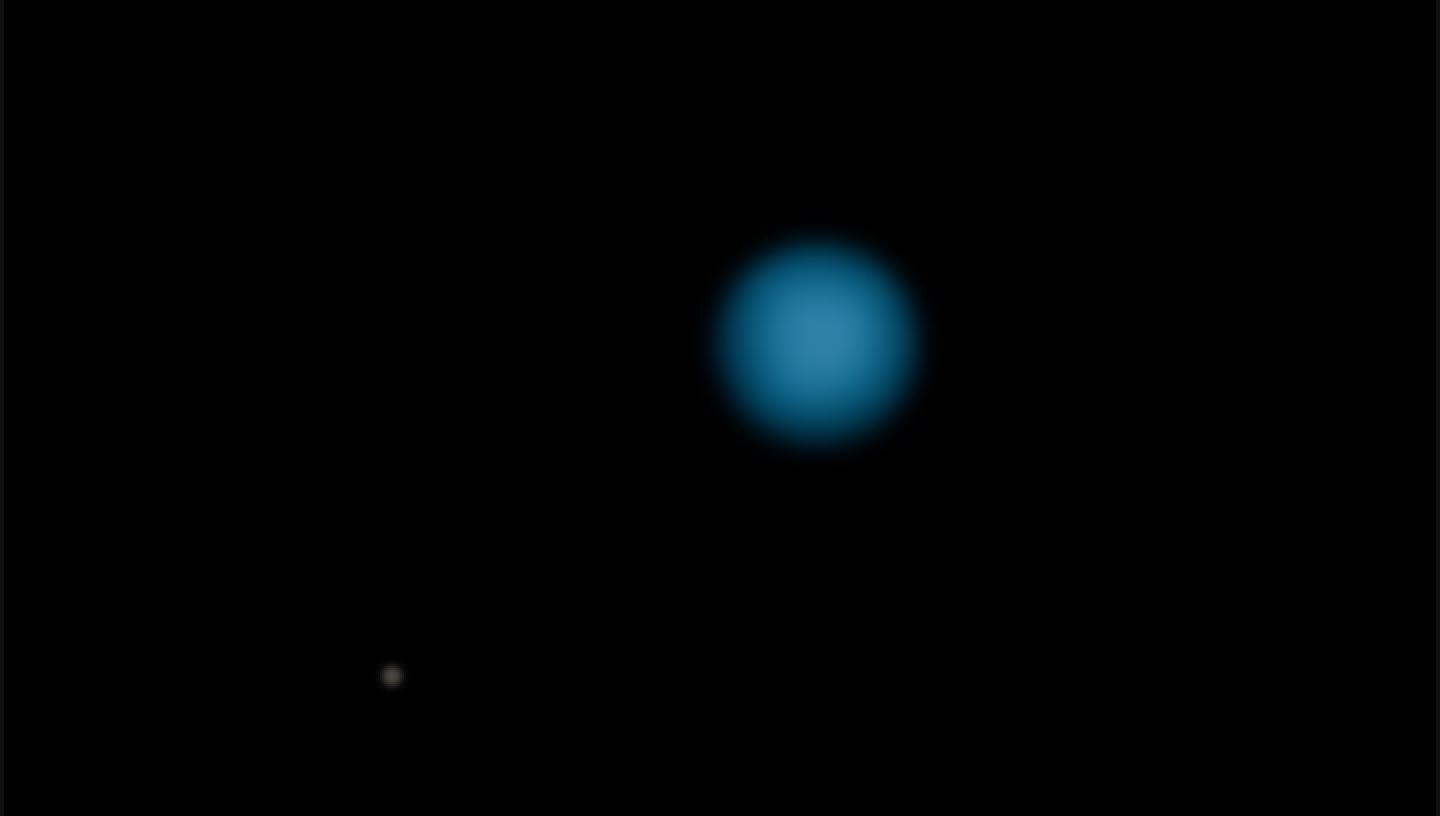
What would you see at the farthest edge of the Solar System as you finally left the Sun behind?
We will probably never know for sure what is the furthest object in the Solar System but it is likely to be one of the comets which passed close to the Sun many years ago and then returned to the outer limits of the solar system never to return again. If we limit our choice to objects we can observe at a great distance then we can restrict our selection to objects which are 'permanent' members of the Solar family.
The Planets
Neptune is the furthest planet from the Sun in our Solar System but there are dwarf planets further out, notably Pluto. Pluto's orbit is a much more elongated ellipse than those of the other planets, so for 20 years out of its 249-year orbit, it is in fact closer to the Sun than Neptune. Beyond Pluto lies Eris, the furthest currently-recognized dwarf planet.
90377 Sedna is a planet-like object in the outer reaches of the Solar System currently being considered as a possible dwarf planet. It is estimated that it takes over 11,000 years to orbit the sun and at its furthest point is 937 AU (an AU, or Astronomical Unit, is roughly equivalent to the distance between the Earth and the Sun).
Periodic comets
Many periodic comets are known with orbits that lie inside the planetary system. Halley's comet is one of these. There are only two comets, which have been observed at more than one close approach to the Sun, which move further away from the Sun than Halley's comet. These are P/Comet Swift-Tuttle and P/Comet Herschel-Rigollet.
P/Comet Swift-Tuttle has been identified with previous comets seen in 1737 and 1862. It has a period of 135 years and a maximum distance from the Sun of 51.7 AU.
P/Comet Herschel-Rigollet has been seen twice, in 1784 and in 1939. It has a period of 155 years and a maximum distance from the Sun of 56.9 AU.
There are many comets which have only been seen to make one approach to the Sun. Many of these have very elongated orbits. With an orbit of this shape it is often very difficult to distinguish between an orbit which will eventually return towards the Sun and one which won’t. These comets have orbits that take them out to more than 1000 AU but these large distances are very approximate.
The Oort cloud
Comets are believed to arise from a cloud of many millions of objects (known as the Oort cloud) in circular orbits around the Sun at distances of up to 50,000 AU. These objects would then represent the outermost reaches of the Solar System.
Explore more space and astronomy
Header image: Neptune and Triton © Julian Shapiro, shortlisted in Astronomy Photographer of the Year 2021
